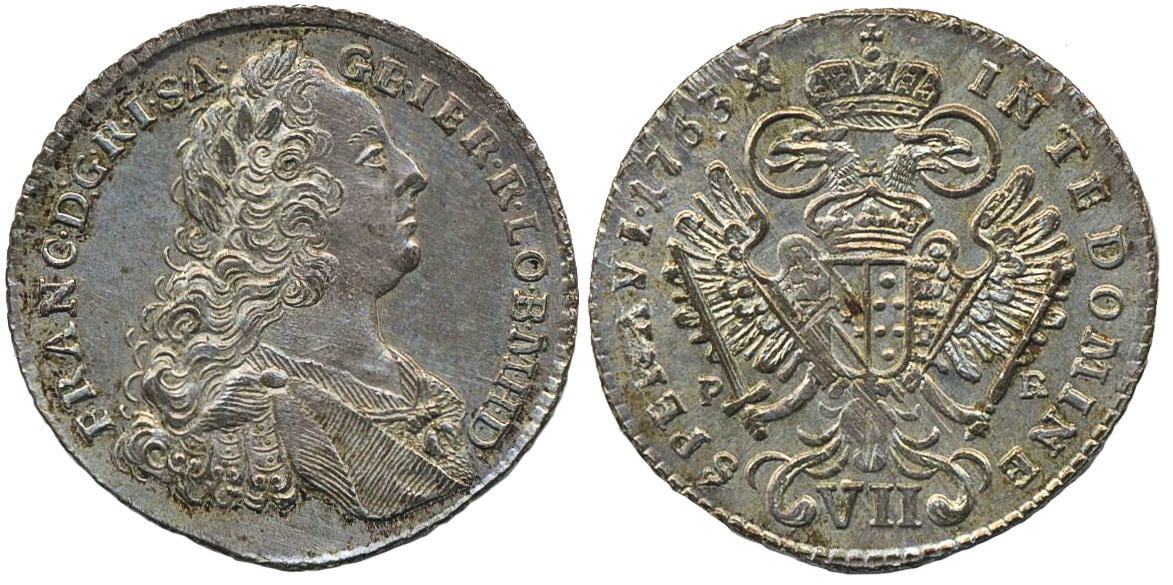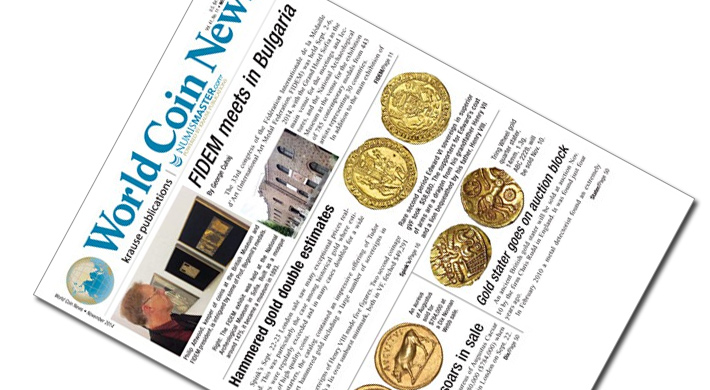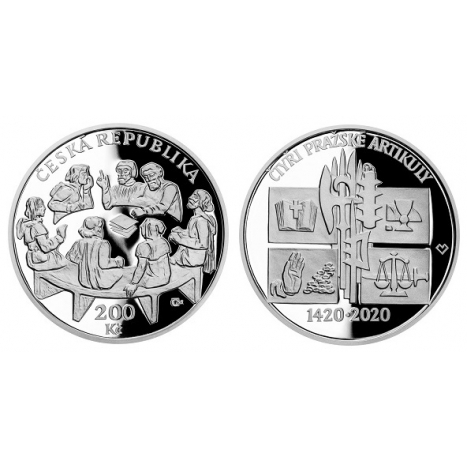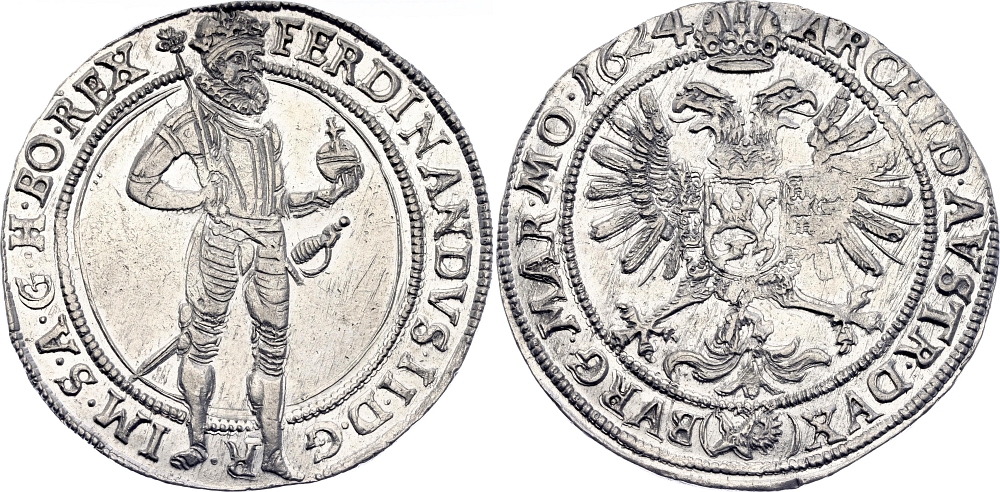Great Advice On Scanning Czechoslovakia Medals
Wiki Article
How Can You Make The Plaster Cast That Represents A Gold Medal Or Coin?
The design may be a hand-drawn sketch or a digital image created using graphic design software. The design could be a hand-drawn drawing or a representation created using graphics design software. Also, wax or clay can be used.
Plaster preparation - Water is added to the plaster in order in order to make it usable. The mixture should be smooth without lumps to make a good mold.
The base is where the maquettes will be sculpted. The base could be an unfinished wooden surface or a board.
The Maquette is sculpted by using the gold design as a template. This is the process of shaping plaster into a three-dimensional or relief representation of the coin.
Detailing and Refinement - The artist adds details to the design, refines the contours and ensures the accuracy of proportions and design elements. This process requires the utmost precision and attention to the specifics.
Giving time to set and dry- After the sculpting is completed, the plaster must be allowed to dry and settle. This is to allow the maquette to harden and retaining its shape.
The Maquette is finished - after drying out, the surface will be further smoothed to eliminate any bumps or rough areas.
Sealing and Preserving- To keep and preserve the maquette and to make it ready for other processes such as scanning and molding, you can apply a sealant or protection coating on the surface.
The plaster maquette is a three-dimensional, tangible illustration of the design for a gold coin or medal. It's used as a physical reference to further steps in the process of production, such as scanning for digital replication, creating molds for mass production, or as a model to allow artists to conceptualize and refine the design before final production. Read the top rated Prague Mint gold medals plaster molds more tips. including gold coins and bullion, gold bullion bars for sale, coin buy silver, 50 pesos gold coin, st gaudens gold coin, gold eagle price, old coins, five dollar gold coin, old silver dollars, 24k gold coins prices and more.

What Is The Process By Which Janvier Transfer The Gold-Colored Design Of A Coin Medal That Is On The Master Hub Into An Operational Hub?
A Janvier machine is also called a pantograph, or reducing machine. It's used to transfer the designs of a coin or medal from a master to an operating center. This is a brief description of the Master Hub Creation.
The master hub is the original die, or mold, that contains the exact layout for the coin or medal. The majority of them are made by CNC machining or other precision techniques to ensure accuracy.
Janvier Machine - Setup
The Janvier machine has a stylus, which copies the design from the master hub to the working hub.
The Janvier machine has a master hub mounted securely. It serves as the basis upon where the design is transferred.
Tracking The Design
The Janvier machine's stylus records the shape of the design when it moves across the hub's surface. When the stylus is moved along the surface of the hub master, it tracks the design's shape.
Reduce the Design
The Janvier machine also replicates the pattern that was traced onto the hub that is in use. The hub is usually made from a softer material, such as nickel or steel, rather than the hub used in the master.
The cutting tools cut or duplicate the design at an enlarge scale, or in a smaller size in comparison to the master hub. This reduction allows for striking coins and medals of the desired size.
Accuracy and Precision
Janvier's machine is precise and ensures a perfect transfer of design data from the master to the working hub. It reproduces with precision all the details and shapes, even the smallest ones.
Quality Control
The hub that is created will be subjected to quality checks and examination to make sure that the transferred design matches the specifications and accuracy needed for the process of striking.
Further Processing
The Janvier machine produces a functioning hub that is used in the coin and medal making process. It serves as a die or mold for multiple coins or medals blanks with the transferred design.
The Janvier machine plays an important part in the production process by allowing the exact reproduction and reduction of intricate designs on coins or medals from a working hub into a master hub. Working hubs can be used in the mass production process of medals or coins. Read the best janvier processing Prague Mint gold coins more info. including canadian gold maple leaf coin, double eagles, price of 1 oz of gold, gold and bullion, 1975 gold penny, price of 5 dollar gold coin, coin buy gold, canadian gold maple leaf, 1 oz gold eagle, sell gold silver near me and more.

What Is The Reason To Hand Polish Dies To Ensure A Perfect Gold Medal Or Gold Coin?
Hand-polishing tools ensure a smooth and flawless surface for gold coins and other medals. Smooth surfaces allow for an improved reproduction of the exquisite details and intricate designs on the struck medals or coins.
The polished die will ensure that the coins or medals made are sharp and have well-defined details and relief. It increases the aesthetics and quality of your final product.
Reduced Wear- Polishing can reduce wear and friction in the process of making strikes. Die surfaces that are smooth reduce the chance of irregularities or imperfections on struck coins or medals.
Consistency in Striking - Hand-polished dies provide a consistent striking surface that ensures uniformity during the process of minting. Consistency is essential to maintain the design's accuracy, depth and overall quality over multiple coins or medals.
Die longevity- Die that are well-polished will be less prone to wear and damage during the striking procedure. The dies are more durable and long-lasting and allow for an increased number of strikes to be made without compromising on the quality.
Precision and Accuracy - Hand polishing allows the engraver to fine tune specific areas of dies, ensuring that the details are precisely reproduced on the struck medals or coins. This is crucial to the precision of the finished product.
Quality Control - Polishing is element of quality control. The die is inspected as it is polished by hand to find any imperfections or inconsistencies, and then corrected prior to the die is struck.
Surface Finishing: Polishing is a method to give specific textures or surfaces to the struck medals and coins to enhance their visual appeal.
Hand polishing the dies of gold medals and coins with care is an important step to ensure that the final product will be high quality, accurate, and pleasing to the eye. It significantly improves the final product's appearance, consistency, and durability. Check out the top rated hand polishing Czechoslovakia gold coins more advice. including gold coins near me, silver double eagle coin, gold & silver bullion, gold dollar coin, 2000 p gold dollar, mexican gold coins, gold bullion gold, one ounce of gold, 1979 gold dollar, 1oz of gold and more.

How Are Gold Coins Or Medals Checked For Quality To Ensure Compliance With Specifications?
Gold medals or gold coins have to undergo quality inspections following minting in order to ensure precision as well as surface quality and conformity to specifications. The checks are comprised of many stages.
Inspections officers are taught to visually inspect every medal and coin for surface imperfections or flaws. They check the coin for any marks, scratches, and imperfections that may influence its appearance or value.
Dimensions and Weight
Weighing and measuring each coin or medal ensures that it is in compliance with the stated weights, diameters, thicknesses, and overall dimensions in accordance with the specifications of the design. Any deviations from the specifications for design could be a sign of an issue with the quality.
Metal Purity and Composition
The quality checks are carried out with different methods of testing, such as X-ray fluorescence analysis (XRF), or chemical analyses. They must meet the gold quality and content requirements.
Edge Inspection
Inspectors search for any irregularities or uniformity around the edges. The edges of the coin or medal is a crucial place to include security characteristics as well as design features.
Strike quality
Every coin that is minted is evaluated for the quality of their strike. This includes the sharpness and clarity of the design, reliefs, and the overall appearance.
The Proofing Errors, Minting Falsehoods
An in-depth examination of special edition or proof coins is performed to identify any flaws, errors or discrepancies in the production process that could impact their value as collectibles.
Packaging and Packaging and
The quality check extends to packaging and display and display. It ensures that coins are securely encapsulated, or kept in holders or cases.
Random Checks and Sampling-
Random checks or sampling are carried out across batches to ensure that the standards of quality are maintained consistently throughout the minting process.
Documentation and compliance
All quality tests are documented for compliance with regulation requirements, minting standards, and certification requirements. These records act as proof of the coin’s quality and authenticity.
Rejecting non-conforming pieces-
Medals or coins that don't meet specifications for quality are rejected or sent to reprocessing in order to maintain the overall quality and integrity of the minted products.
These thorough quality checks are conducted by mints and certification agencies to ensure that gold-plated coins or medals meet requirements for quality, appearance and accuracy. This assures investors, collectors and customers that they are authentic and of high quality. See the best Czechoslovakia gold medal quality control blog recommendations. including 1 ounce gold bullion, gold and coin dealers near me, sacagawea gold dollar, gold coins for sale near me, american eagle gold coin price, 1999 gold quarter, silver double eagle, best place to buy gold bars, gold price coin today, american eagle gold coin 1 oz and more.
